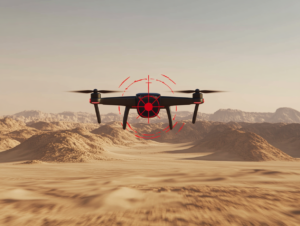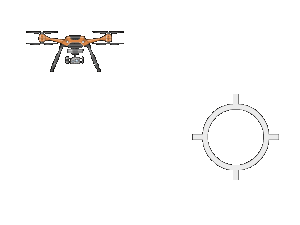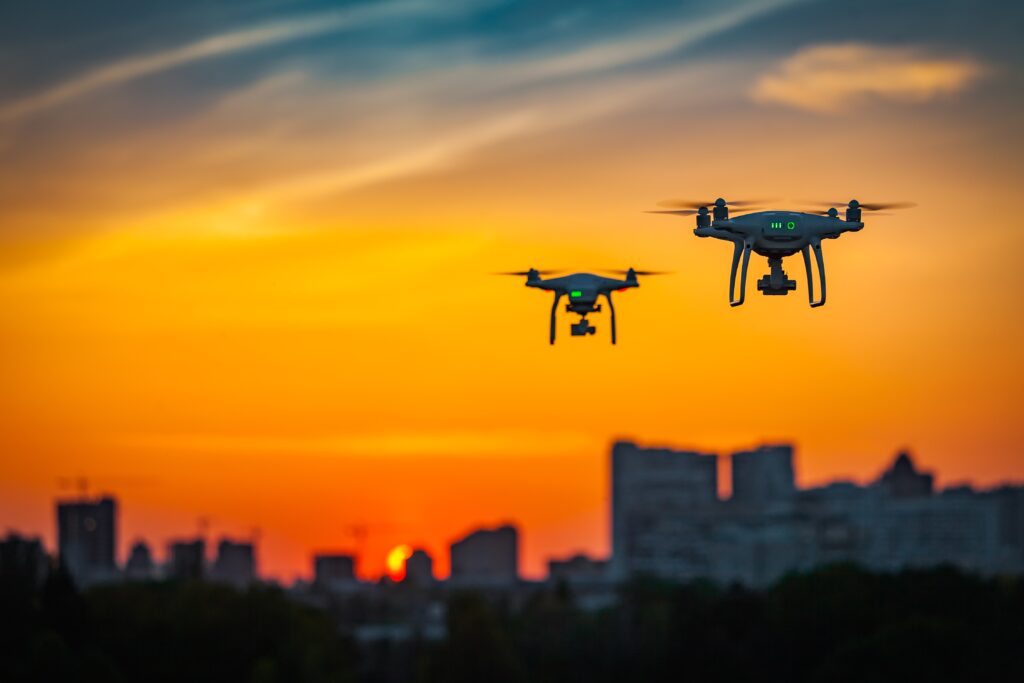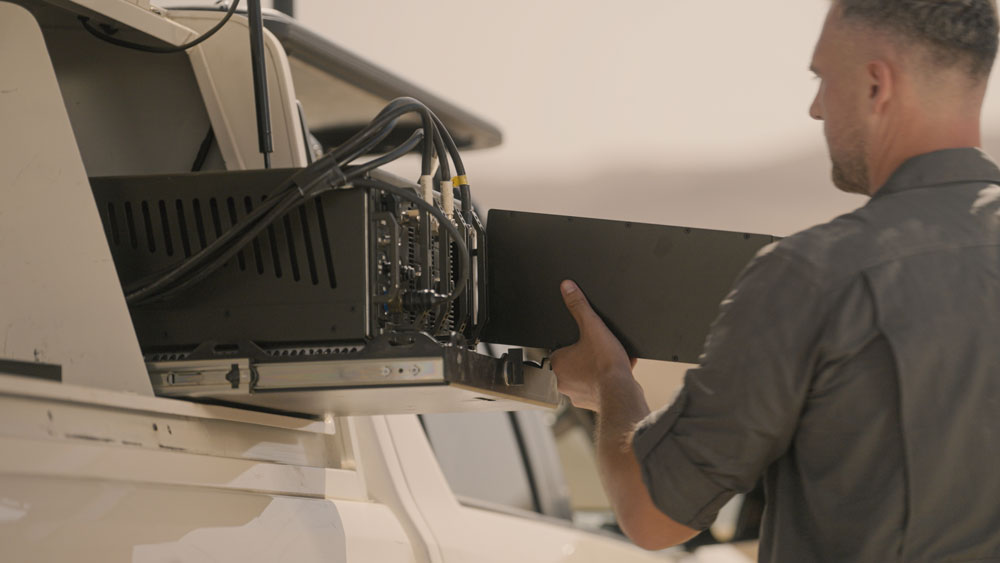In the ever-evolving landscape of drone threats, combining database and non-database RF approaches offers a robust solution for comprehensive and accurate drone detection. This hybrid strategy addresses the growing challenges faced in counter-drone technology and electronic warfare.

Drones have become a significant concern in conflict areas, posing serious threats to both soldiers and civilians. With advancements in drone technology, these devices have become increasingly sophisticated, harder to detect, and more challenging to counter.
The standard approach to drone detection has been database-driven, relying on preloaded information about known drones. However, as the drone threat landscape expands to include custom-built and DIY drones, there’s a pressing need for adaptable detection methods like non-database RF detection.
Database Detection: The Established Approach
Database detection relies on comprehensive data collected from known professional drones. This includes spectral signatures, communication links, flight patterns, and other identifiable characteristics. The data is analysed, recorded, and preloaded into detection systems.
When a signal matches a preloaded database signature, it confirms the presence of a drone threat. This approach provides an additional advantage: identification. Once detected, the system can easily identify the drone type, offering actionable intelligence for countermeasures.
While effective for commercial drones, database detection is inherently limited. It depends on continuously updated data and can not address threats from drones that do not conform to known patterns or those with modified communication links.

Non-Database RF Detection: A Dynamic Approach
Non-database RF detection represents a shift in strategy. Rather than relying on predefined data, this approach interprets real-time RF signal patterns in the environment. It focuses on detecting unauthorized communication signals between drones and their controllers, making it especially effective against custom-built or modified drones.
This approach does not require a constantly updated database, making it inherently flexible and capable of identifying new or unknown threats. While it may generate more false positives than database detection, its adaptability ensures broader coverage in diverse and dynamic environments.
By viewing non-database RF detection as an overarching approach, it becomes clear that its value lies in its ability to evolve alongside the threat landscape, addressing previously undetectable risks and providing a complementary layer to existing detection strategies.
Hybrid Drone Detection: The Power of Integration
An optimal counter-drone system combines database and non-database RF detection approaches. By leveraging the precision of database-driven methods and the adaptability of non-database detection, this hybrid approach ensures comprehensive protection against both conventional and unconventional threats.
In today’s complex threat environment, integrating these approaches offers a solution that enhances the capabilities of counter-drone technology, ensuring security and dominance in the RF spectrum.




